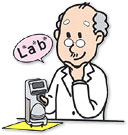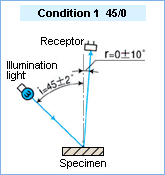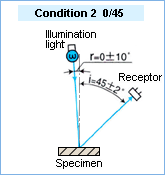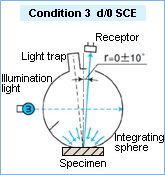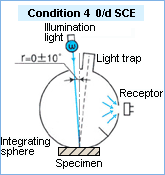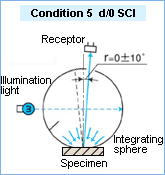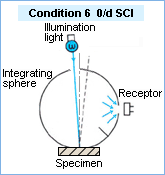A spectrophotometer has high precision and increased versatility. It is suitable for more complex color analysis because it can determine the spectral reflectance at each wavelength. However spectrophotometers can be more expensive than colorimeters. Always consider how accurately each color must be measured before selecting the type of instrument to use in a specific application.
Precise Color Communication
 |
As described in
A spectrophotometer has high precision and increased versatility. It is suitable for more complex color analysis because it can determine the spectral reflectance at each wavelength. However spectrophotometers can be more expensive than colorimeters. Always consider how accurately each color must be measured before selecting the type of instrument to use in a specific application. |
|
|
||||||||||||||||||||||||
It was explained that the object color varies depending on the viewing conditions,
the observation angle and illumination angle as discussed in
Part I-2
. When an instrument measures a sample, the angle at which a beam of light from a source strikes the sample
and the angle at which the light is received by a detector is called the optical geometry.
|
|
| 1/4 | ||
|
|



